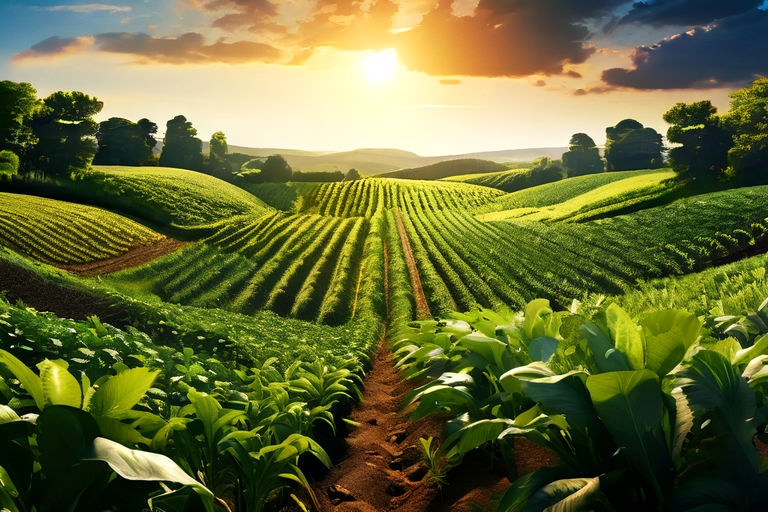How can soil conservation methods improve crop yield?

Introduction
Soil conservation methods form the backbone of sustainable farming practices. These methods not only protect the environment but also significantly enhance the yield of crops. By understanding and implementing these techniques, farmers can ensure the longevity of their land while maximizing their produce.
Understanding Soil Conservation
Soil conservation refers to the practices that protect the soil from degradation. Soil degradation can occur due to various reasons such as erosion, loss of organic matter, or contamination. The main objective of soil conservation is to maintain soil health, which directly influences crop yield.
Role of Soil in Crop Yield
Healthy soil is a mixture of minerals, organic matter, water, and air. It is home to billions of microorganisms that contribute to plant growth. Soil provides necessary nutrients to crops, regulates water flow, supports root growth, and maintains an optimal temperature for crop growth. Therefore, maintaining soil health is crucial for high crop yield.
Soil Conservation Methods
Contour Plowing
Contour plowing is a preventative farming method where furrows are dug along the natural contours of the land. This method reduces surface runoff of water during rains, preventing soil erosion and retaining the soil's fertility, thereby improving crop yield.
Crop Rotation
Crop rotation involves growing different types of crops in the same area in sequential seasons. This method breaks the life cycle of pests and diseases, reduces soil erosion, and enhances soil fertility and structure. As a result, crop yield improves.
Use of Cover Crops
Cover crops are plants grown to cover the soil surface. They help in controlling soil erosion, enhancing soil fertility, suppressing weeds, and managing soil-borne diseases and pests. These benefits lead to an improved crop yield.
Conservation Tillage
Conservation tillage includes techniques that reduce the frequency of field cultivation. It leaves previous crop residue on fields before and after planting the next crop, reducing soil erosion and water loss. Consequently, the soil retains its nutrients and moisture content, promoting a higher crop yield.
Agroforestry
Agroforestry involves the integration of trees into crop fields. Trees prevent soil erosion, improve soil fertility by recycling nutrients from deeper soil layers, and provide a favorable microclimate. These factors contribute to increased crop yield.
Impact of Soil Conservation on Crop Yield
Soil conservation methods have a tremendous impact on crop yield. By preventing soil erosion, these techniques ensure that the topsoil, which is rich in nutrients, remains intact. They improve soil structure, enhancing its water-holding capacity and aeration, which are vital for root growth and nutrient uptake. By breaking pest cycles and suppressing diseases, these methods reduce crop loss. All these factors together result in a higher crop yield.
In Summary
Soil conservation methods are instrumental in improving crop yield. They protect the soil from erosion, maintain soil fertility, break pest cycles, and create a conducive environment for crop growth. While these methods require an initial investment in time and resources, the payoff in terms of increased crop yield and sustainable farming is substantial. Therefore, every farmer should consider implementing soil conservation practices to ensure the long-term productivity of their land.

